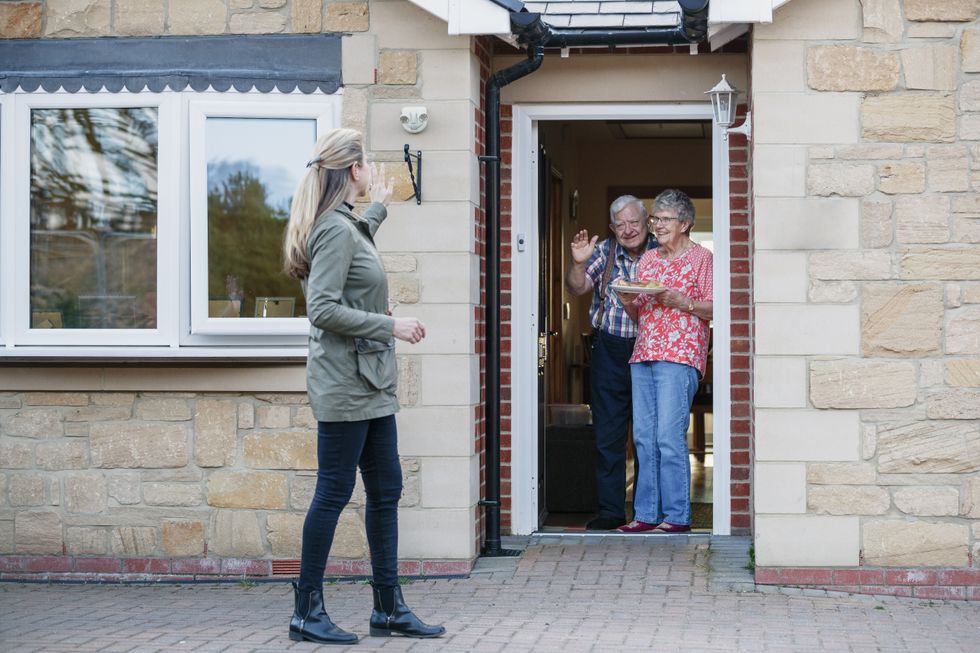With the cost of a comfortable retirement on the rise, Britons are urged to consider all options that could help “plug the shortfall” in any pension pots.
With figures showing that a comfortable retirement now requires a pension pot of £738,000 for a single person, many Britons are grappling with how to achieve their desired lifestyle in later years.
Downsizing one’s home has long been touted as a potential solution for bridging the retirement income gap.
Helen Morrissey, head of retirement analysis at Hargreaves Lansdown explained that when it comes to downsizing, experts are undecided on whether it’s the key to our retirement dreams or a potential disaster.
She said: “On the face of it, it seems like an ideal way to plug a shortfall in our retirement income.
“You can use the profit to supplement your pension while reducing day to day living costs through living in a smaller place.”
 People often downsize in later years GETTY
People often downsize in later years GETTYHowever she warned the reality can prove different.
The cost of a comfortable retirement has jumped by nearly £100,000 in just one year, highlighting the growing challenge of funding retirement, figures from Quilter have shown.
For couples, the target is even more daunting, with a joint pension wealth of £929,000 needed to secure a comfortable retirement for both partners.
Recent data from Hargreaves Lansdown has shown a surprising reluctance towards downsizing among Britons, despite it being able to free up extra cash for retirement.
Less than a quarter (23 per cent) of people are planning to downsize in retirement, whilst 40 per cent wouldn’t consider it at all. The remainder are unsure.
Age plays a significant role in this decision. Only 16 per cent of over-55s would consider downsizing, compared to 25 per cent of those aged 18-34.
This suggests that as people age, they become more attached to their homes.
As well as emotional attachments, there is cost to think about.
Morrissey continued: “You may think you are on track to make a decent profit from a house sale but once stamp duty, legal fees and moving costs have been factored in, you may find you can’t afford the type of property you want in the area that you want it, and this may prove to be a sacrifice many are unwilling to make.”
She explained the key is to “keep your options open”, so people don’t feel compelled to downsize if they really don’t want to.
Hargreaves Lansdown Barometer modelling puts the cost of a comfortable retirement income at £38,662 per year for a single person and £58,480 for a couple.
Morrissey explained this is probably far closer to meeting the lifestyle expectations of higher earners, but only 39 per cent of this group are on track for this.
“It means there are some tough decisions in store for many unless they can start plugging the gaps in their SIPPs and workplace pensions,” she said.
She recommends regular contributions to workplace pensions or SIPPs as the best approach to plug shortfalls in pension income.
Morrissey said: “The regular drip feed of contributions over time alongside an employer contribution and long-term investment growth can help you build up a decent retirement income that will meet your needs in retirement.”
She advised using pension calculators and periodic check-ins to ensure one’s retirement plans are on track.
This proactive approach allows for adjustments if necessary.